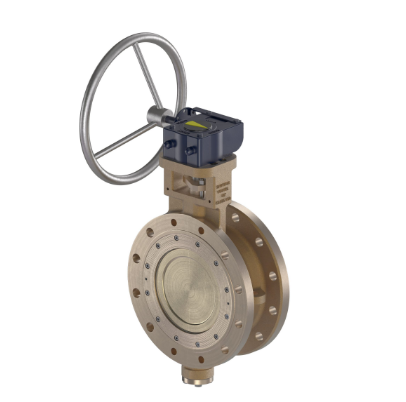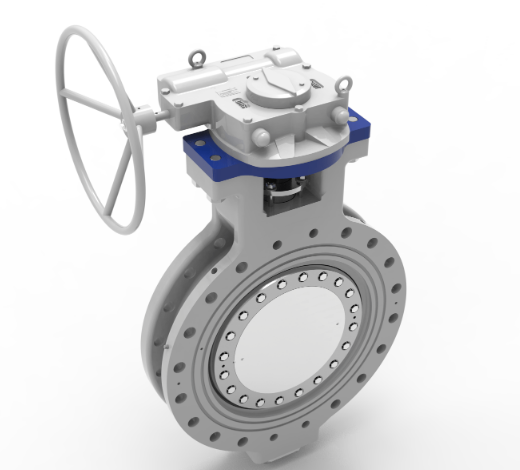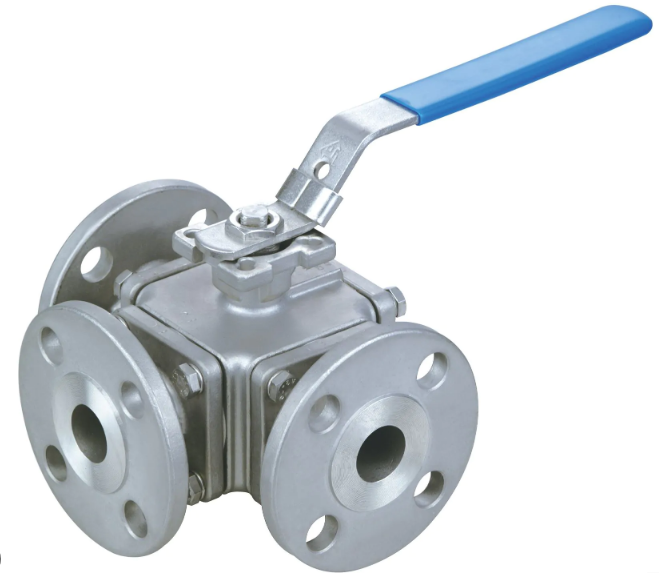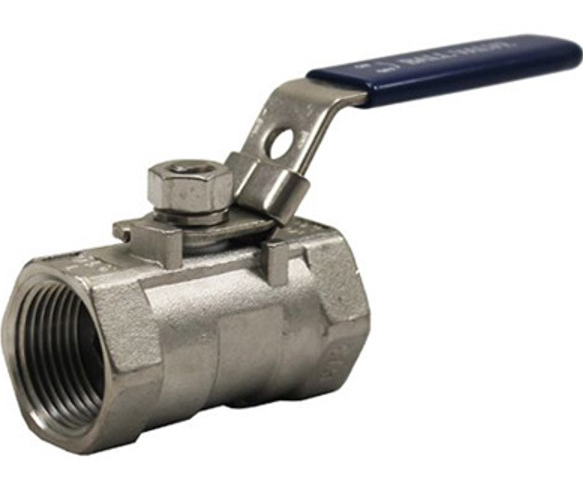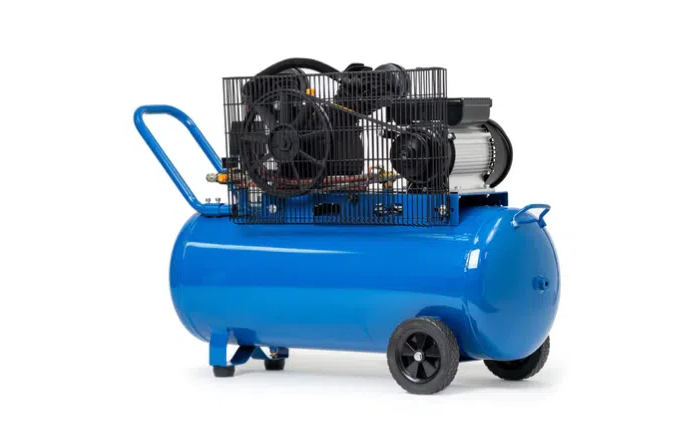Introduction
A pneumatic actuator with positioner is an advanced valve automation device that combines the power of a pneumatic actuator with the precision control of a valve positioner. This combination ensures accurate valve movement, faster response times, and improved process efficiency. These systems are widely used in industries such as oil and gas, chemical processing, power generation, and water treatment, where precise flow control is critical.
1. What is a Pneumatic Actuator with Positioner?
A pneumatic actuator converts compressed air into mechanical motion—either linear or rotary—to operate a valve. A positioner is a control device that adjusts the actuator’s position based on a control signal, ensuring the valve reaches and maintains the desired opening.
When integrated, a pneumatic actuator with positioner offers:
-
High positioning accuracy
-
Faster dynamic response
-
Stable operation under varying conditions
2. Working Principle
The working process involves three main elements:
-
Control Signal Input – The positioner receives a 4-20 mA electrical signal or a pneumatic signal from the process controller.
-
Air Supply Regulation – The positioner adjusts air pressure to the actuator chambers, moving the valve to the target position.
-
Feedback Loop – The positioner monitors the actual valve position via a feedback mechanism and corrects deviations in real time.
This closed-loop system minimizes hysteresis and ensures precise valve operation.
3. Types of Pneumatic Actuators with Positioners
3.1 Linear Pneumatic Actuator with Positioner
-
Designed for gate valves, globe valves, and control valves requiring linear motion.
-
Common in applications needing precise throttling.
3.2 Rotary Pneumatic Actuator with Positioner
-
Provides 90° or 180° rotation for ball, butterfly, and plug valves.
-
Suitable for high-cycle operations.
3.3 Single-Acting with Positioner
-
Uses air pressure in one direction and a spring return mechanism.
-
Ideal for fail-safe positions during air supply loss.
3.4 Double-Acting with Positioner
-
Air pressure operates the actuator in both directions.
-
Offers higher torque and better stability under load.
4. Advantages of Using a Pneumatic Actuator with Positioner
-
Improved Accuracy – Ensures valve position matches control signal exactly.
-
Faster Response – Quicker valve adjustment compared to actuators without positioners.
-
Reduced Energy Waste – Precise control minimizes over-actuation.
-
Enhanced Process Stability – Reduces fluctuations in flow, pressure, or temperature.
-
Remote Calibration – Many modern positioners allow on-site or remote configuration.
5. Applications
A pneumatic actuator with positioner is used where flow regulation and accuracy are essential:
-
Petrochemical Industry – Controlling feedstock flow in reactors.
-
Power Generation – Regulating steam and cooling water systems.
-
Pharmaceutical Manufacturing – Accurate dosing and mixing processes.
-
Water and Wastewater Treatment – Precise flow control in filtration and treatment systems.
-
Food and Beverage Industry – Hygienic process automation.
6. Maintenance Tips
To ensure reliable operation:
-
Inspect Air Supply Quality – Use filters and dryers to avoid contamination.
-
Check Feedback Linkages – Ensure proper calibration for accurate readings.
-
Lubricate Moving Parts – Maintain smooth operation and reduce wear.
-
Test Response Time – Regularly check actuator and positioner reaction speeds.
7. How to Select the Right Pneumatic Actuator with Positioner
-
Valve Type and Size – Match actuator torque to valve specifications.
-
Control Signal Type – Determine whether your system uses pneumatic or electrical control.
-
Environmental Conditions – Choose corrosion-resistant materials for harsh environments.
-
Required Accuracy – High-precision processes may need digital positioners.
Conclusion
A pneumatic actuator with positioner offers a perfect balance of power and precision in valve automation. By combining the rapid action of pneumatic actuation with the fine control of a positioner, industries can achieve improved efficiency, reduced downtime, and better process control. Selecting the right unit and performing regular maintenance ensures long-term reliability and optimal performance.
If you want to learn more about low-priced products, please visit the following website: www.xm-valveactuator.com







